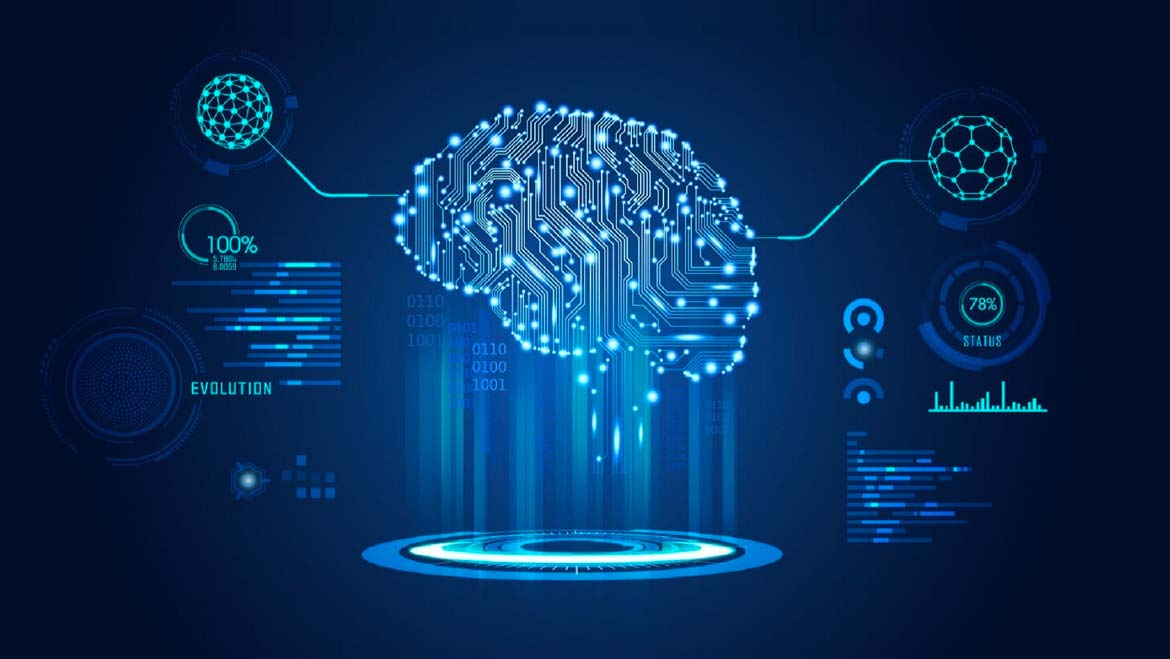PART-1: MACHINE LEARNING (ML)
1. The Machine Learning landscape
What is Machine Learning?
Why use Machine Learning?
Types of Machine Learning systems
-
Supervised Learning
-
Unsupervised Learning
-
Reinforcement Learning
2. Important Element of Machine Learning
Multiclass Classification
-
One-vs-All
Learnability
-
Overfitting and Underfitting
-
Error Measures
-
PCA learning
-
Statistical learning approaches
3. Feature Selection and Feature Engineering
Multiclass Classification
-
Scikit-learn
-
Creating training and test sets
-
Managing missing features
-
Feature selection
-
Principal Component analysis
-
Scikit-learn
-
Sparse PCA
-
Kernal PCA
-
4. Linear Regression
-
Linear Models
-
A bidimensional example
-
Linear regression with scikit-learn and higher dimensionality
-
Ridge Regression
-
Lasso Regression
-
Elasticnet Regression
-
-
Robust regression with random sample consensus
-
Polynomial regression
-
Isotonic regression
5. Logistic Regression
-
Linear Classification
-
Logistic regression
-
Implementation and optimizations
-
Stochastic gradient descent algorithms
-
Finding the optimal hyperparameters through grid search
-
Classification metrics
-
ROC curve
-
AUC curve
6. Naive Bayes
-
Bayes’Therorem
-
Naive Bayes classifiers
-
Naive Bayes in scikit-learn
-
Bernoulli naive Bayes
-
Multinomial naive Bayes
-
Gausssiannaive Bayes
-
7. Support Vector Machines
-
Linear support vector machines
-
Scikit-learn implementation
-
Linear classification
-
Kernel-based classification
-
Radial Basis Function
-
Polynomial Kernel
-
Sigmoid Kernel
-
Custom Kernels
-
-
Non-linear examples
-
-
Controlled support vector machines
-
Support vector Regression
8. Decision Trees and Ensemble Learning
-
Binary Decision Trees
-
Binary decisions
-
Impurity measures
-
Gini impurity index
-
Cross-entropy impurity index
-
Misclassification impurity index
-
-
Feature importance
-
Decision tree classification with scikit-learn
-
Ensemble Learning
-
Random Forests and Features importance in Random Forest
-
AdaBoost
-
Gradient tree boosting
-
Voting classifier
-
9. Clustering Fundamentals
-
Clustering Basics
-
K-MEANS
-
Finding the optimal number of clusters
-
Optimizing the inertia
-
Cluster instability
-
-
DBSCAN
-
Spectral Clustering
-
-
Evaluation methods based on the ground truth
-
Homogeneity
-
Completeness
-
Adjusted rand index
-
10. Hierarchical Clustering
-
Hierarchical strategies
-
Agglomerative clustering
-
Dendrograms
-
Agglomerative clustering in scikit-learn
-
Connectivity constraints
-
You can Pay by using PhonePe & GPay


Pay @ 9966642877

Welcome to AMXWAM
Learn Core datascience program from Realtime MICROSOFT certified datascientist

For any enquirers reach us @ 99896 70954

